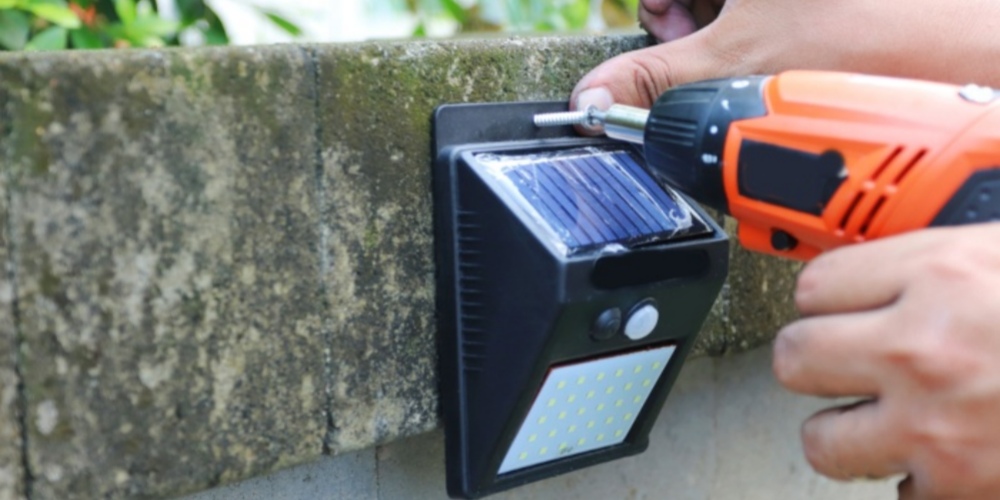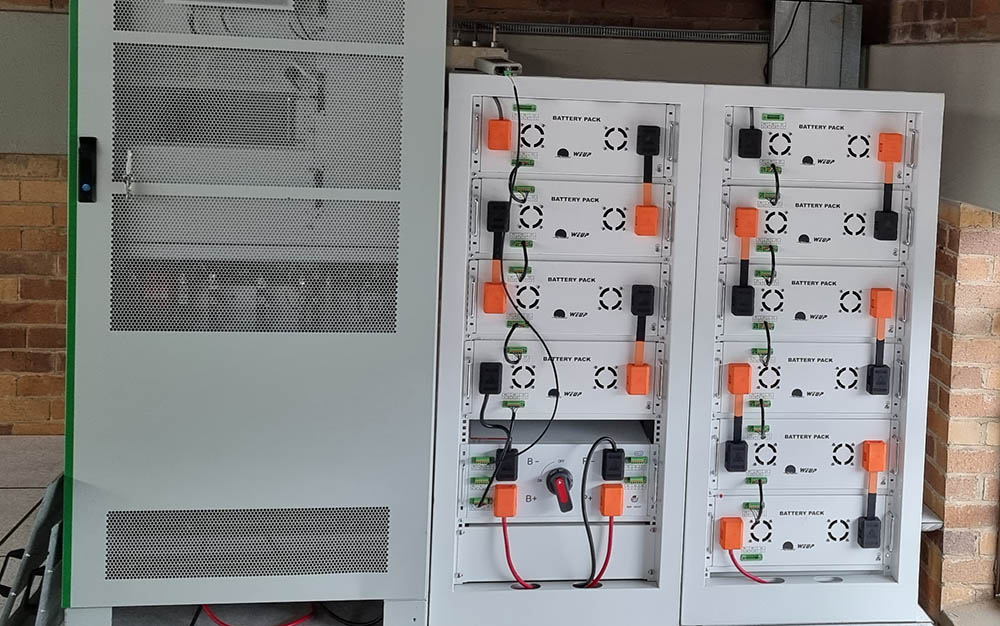As the demand for renewable energy grows, solar power remains a leading choice. Central to its effectiveness are solar inverters, which convert direct current (DC) from solar panels into alternating current (AC) for household and commercial use. This post explores the importance of solar inverters in the solar energy industry.
What is a Solar Inverter?
A solar inverter is crucial for any photovoltaic (PV) system, enabling the energy produced by solar panels to be used in everyday applications. Without an inverter, solar energy would remain unusable.
Types of Solar Inverters
String Inverters: Connect multiple panels in series, ideal for residential setups.
Microinverters: Attached to individual panels, optimizing energy production even in shaded areas.
Power Optimizers: Enhance performance at the panel level while connecting to a string inverter.
Hybrid Inverters: Manage solar energy and battery storage, offering flexibility for energy needs.
Efficiency Matters
The efficiency of solar inverters impacts overall system performance, with high-quality models achieving 95% or more. Choosing the right inverter for your setup is crucial to maximize energy output.
Monitoring Capabilities
Many modern inverters come with monitoring features, allowing users to track system performance in real time. This helps identify issues and optimize energy production.
Future Trends
The solar inverter market is evolving, with smart inverters facilitating integration with smart grids and enhancing functionalities. Hybrid inverters are also gaining popularity, making energy management more efficient.
Solar inverters are vital to harnessing the full potential of solar energy. By converting DC to AC, they empower users to benefit from renewable energy. Investing in high-quality inverters is essential for optimizing solar systems and contributing to a sustainable energy future.













